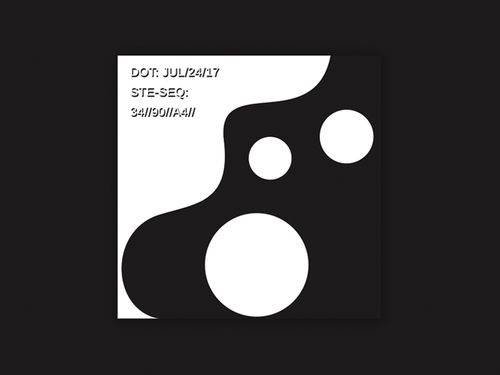
Hinduism: Om Meaning and Its Multidimensional Significance
Have you ever wondered about the profound significance of the sacred syllable “Om” in Hinduism? This article delves into the meaning of Om from various perspectives, offering a comprehensive understanding of its importance in the Hindu faith.
Etymology and Origin

The syllable “Om” is considered to be the primordial sound from which the entire universe emerged. It is often transliterated as “Aum” or “Omkar” in English. The word “Om” is derived from the Sanskrit language, and its origins can be traced back to ancient texts and scriptures.
Symbolism and Significance

Om holds immense significance in Hinduism and is considered to be a representation of the ultimate reality. Here are some of the key aspects of its symbolism:
| Aspect | Meaning |
|---|---|
| Philosophical | Represents the ultimate reality, the Brahman, which is the ultimate source of all existence. |
| Divine | Is considered to be the essence of the divine presence in the universe, encompassing Brahma, Vishnu, and Shiva. |
| Mantra | Is used as a powerful mantra for meditation, invoking the divine presence and promoting spiritual growth. |
| Yoga | Is an integral part of yoga practice, symbolizing the union of the individual soul with the divine. |
Om in Hindu Rituals and Ceremonies

Om plays a crucial role in various Hindu rituals and ceremonies. It is often chanted at the beginning and end of rituals, symbolizing the invocation and farewell to the divine presence. Here are some examples:
-
In the daily worship, Om is chanted at the beginning and end of the puja (ritual worship) to invoke and thank the divine.
-
In the wedding ceremony, Om is chanted to symbolize the union of the couple with the divine.
-
In the funeral ceremony, Om is chanted to honor the departed soul and seek divine blessings for the soul’s journey to the afterlife.
Om in Meditation and Spiritual Practice
Meditation is an essential aspect of Hindu spirituality, and Om holds a significant place in this practice. Here’s how Om is used in meditation:
-
Om is often chanted silently or aloud during meditation to focus the mind and invoke the divine presence.
-
It is believed that meditating on Om can lead to spiritual awakening and a deeper understanding of the self and the universe.
-
Om is considered to be a powerful tool for cleansing the mind and promoting inner peace.
Om in Art and Architecture
The syllable “Om” is also found in various forms of art and architecture in Hinduism. Here are a few examples:
-
In temple architecture, Om is often depicted in intricate carvings and sculptures.
-
In paintings and murals, Om is used as a central motif to represent the divine presence.
-
In jewelry and ornaments, Om is often used as a symbol of spiritual significance.
Conclusion
The syllable “Om” holds immense significance in Hinduism, representing the ultimate reality, the divine presence, and the essence of spiritual practice. Its multifaceted meaning and symbolism make it an integral part of Hindu rituals, meditation, and daily life. Understanding the meaning of Om can provide a deeper insight into the rich tapestry of Hindu spirituality.



